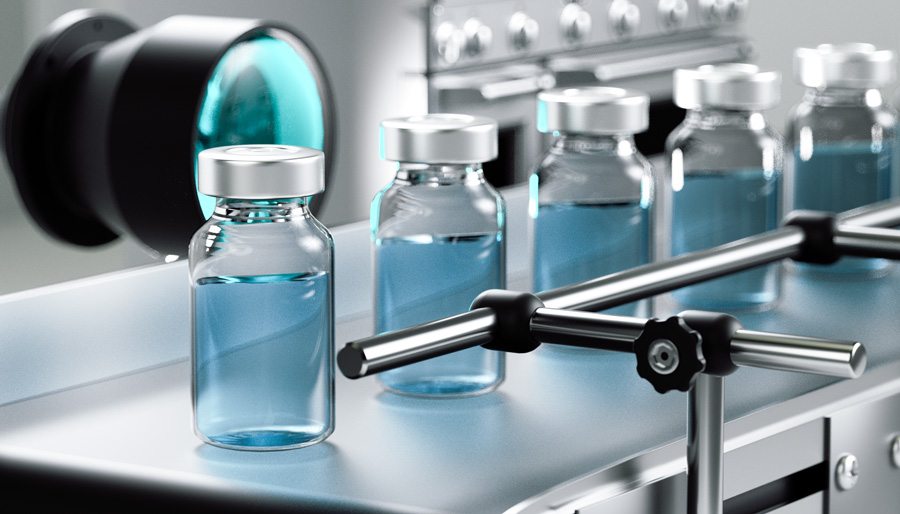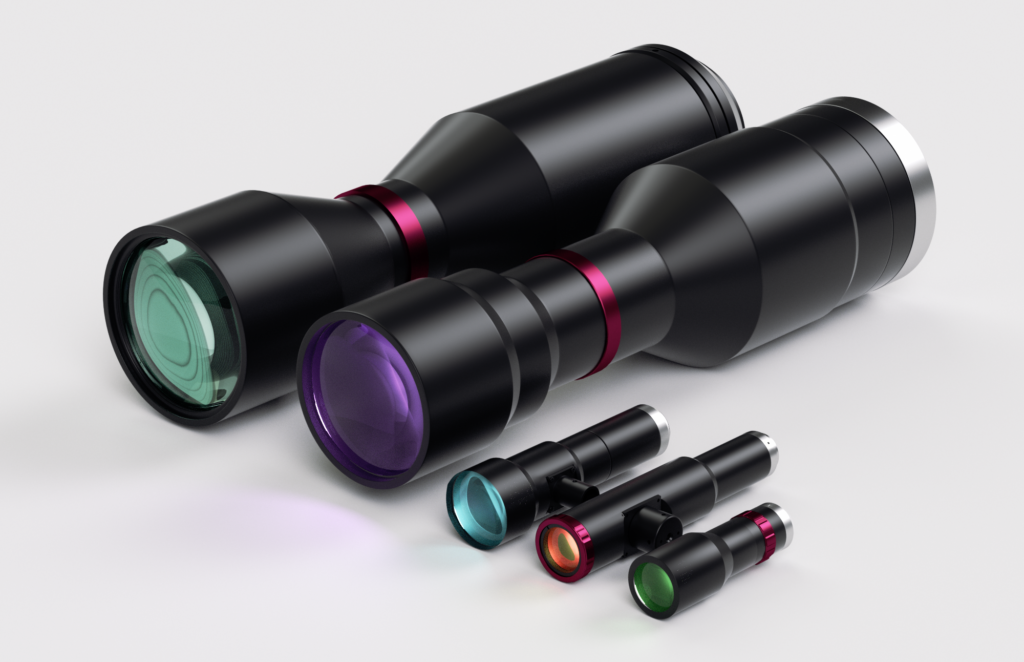Telecentric lenses are an important tool in the inspection of liquid pharmaceuticals, providing a reliable and accurate method of monitoring the quality of these products. In this blog post, we’re going to explore how telecentric lenses are used for liquid pharmaceutical inspection, the conveniences they provide, and why Vico Imaging is a leading provider of these lenses.
What Are Telecentric Lenses?
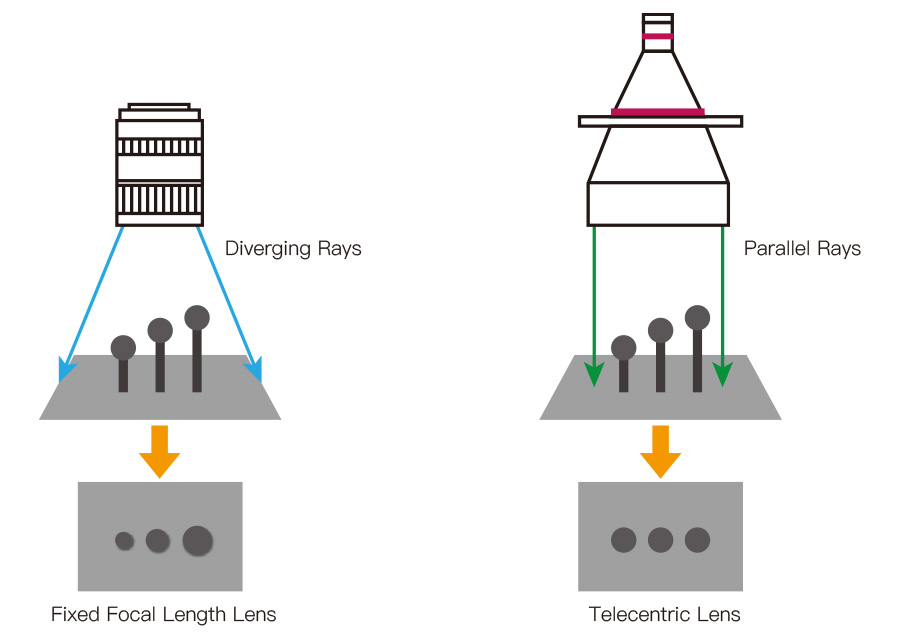
Telecentric lenses are specialized lenses designed for machine vision systems. Unlike conventional lenses, which have a fixed focal length, telecentric lenses have a variable focal length that changes with the distance between the lens and the object. This allows for a constant object size in the image, even when the subject is at varying distances from the lens.
Advantages of Telecentric Lenses for Liquid Pharmaceutical Inspection
There are several advantages of using telecentric lenses for liquid pharmaceutical inspection, including:
- High Accuracy: Telecentric lenses provide a uniform image of the subject, ensuring high accuracy and consistency in the inspection process.
- Increased Resolution: Telecentric lenses offer higher resolution images than conventional lenses, making it easier to detect small defects and contaminants in liquid pharmaceuticals.
- Improved Image Quality: With a constant object size in the image, telecentric lenses provide a clearer and more detailed image of the subject, even at varying distances.
- Enhanced Productivity: By providing reliable and accurate inspections, telecentric lenses can help enhance productivity in the liquid pharmaceutical industry.
How Telecentric Lenses Work in Liquid Pharmaceutical Inspection
Telecentric lenses work by providing a constant object size in the image, regardless of the distance between the lens and the subject. This is achieved by using a special lens design that adjusts the focal length based on the distance between the lens and the subject. This ensures that the image of the liquid pharmaceutical remains the same size, making it easier to detect any defects or contaminants in the product.
In liquid pharmaceutical inspection, telecentric lenses are typically used in combination with machine vision systems, such as cameras and image processing software. The telecentric lens provides the image, while the machine vision system analyzes the image to detect any defects or contaminants. This process is fast and reliable, making it ideal for high-volume production lines in the liquid pharmaceutical industry.
Applications of Telecentric Lenses in Liquid Pharmaceutical Inspection
Telecentric lenses are used in a variety of applications in the liquid pharmaceutical industry, including:
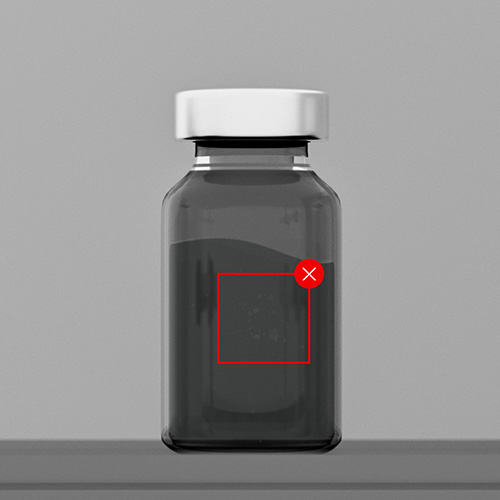 |
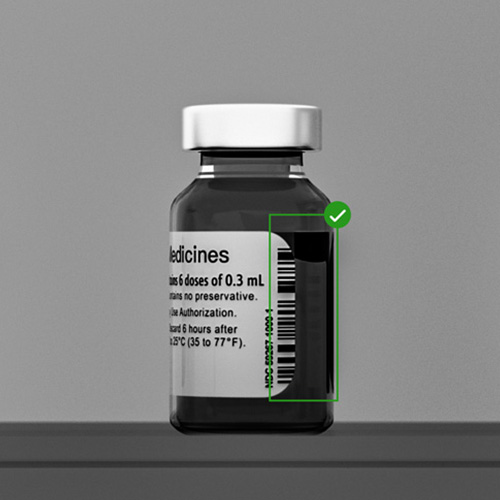 |
| Contaminant Detection: Telecentric lenses are used to detect any contaminants or foreign objects in liquid pharmaceuticals, such as small particles or debris. | Label Inspection: Telecentric lenses are used to inspect the labels on liquid pharmaceutical containers, ensuring that the labels are properly aligned and free of defects. |
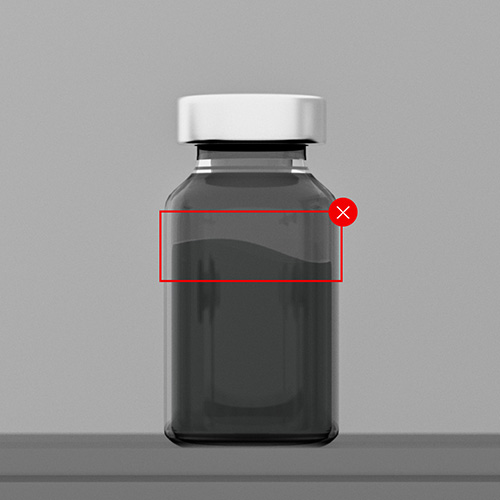 |
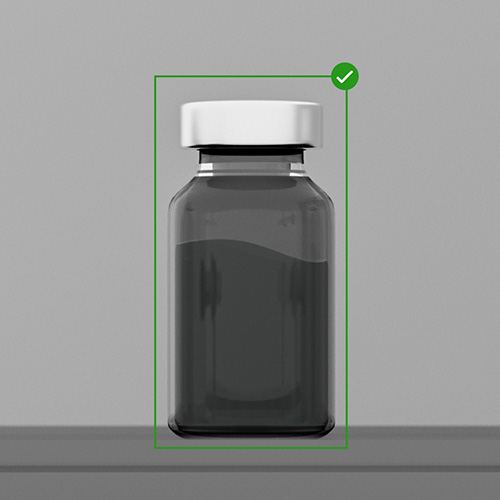 |
| Fill Level Inspection: Telecentric lenses are used to inspect the fill level of liquid pharmaceutical containers, ensuring that the correct amount of product is in the container. | Bottle Inspection: Telecentric lenses are used to inspect the bottles themselves, checking for any defects or cracks in the containers. |
Tips for Choosing the Right Telecentric Lens for Liquid Pharmaceutical Inspection
There are several factors to consider when you choose a telecentric lens for liquid pharmaceutical inspection, including:
- Magnification: The magnification of the telecentric lens will affect the size of the image and the level of detail that can be seen. Choose a lens with the right magnification for your application.
- Field of View: The field of view of the telecentric lens will affect the size of the area that can be inspected at once. Choose a lens with the right field of view for your application.
- Depth of Field: The depth of field of the telecentric lens will affect the range of distances that can be focused on at once. Choose a lens with the right depth of field for your application.
- Distortion: The distortion of the telecentric lens will affect the accuracy of the image. Choose a lens with low distortion for the best results.
- Working Distance: The working distance of the telecentric lens will affect the distance between the lens and the subject. Choose a lens with the right working distance for your application.
By considering these factors, you can choose the right telecentric lens for your liquid pharmaceutical inspection process, ensuring the best possible results.
Why Choose VicoImaging for Telecentric Lenses in Liquid Pharmaceutical Inspection?
VicoImaging is a leading provider of telecentric lenses and other imaging solutions for a variety of industries, including the liquid pharmaceutical industry. With years of experience in the field, VicoImaging offers high-precision lenses with excellent resolution, field of view, and working distance, making them ideal for liquid pharmaceutical inspection.
In addition to telecentric lenses, VicoImaging also provides a range of imaging accessories, such as LED lights and ring lights, to enhance the performance of our lenses. Our commitment to quality and customer satisfaction ensures that our products are reliable and user-friendly, making them a popular choice for liquid pharmaceutical inspection.
Conclusion
Telecentric lenses are an important tool in the inspection of liquid pharmaceuticals, offering high accuracy, increased resolution, improved image quality, and enhanced productivity. With VicoImaging, you can be more confident in the quality and reliability of your telecentric lenses, as well as the support and accessories you need for a successful inspection process. Contact VicoImaging today to learn more about telecentric lenses and how they can benefit your liquid pharmaceutical inspection process.


